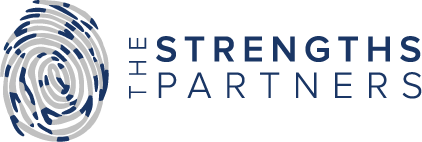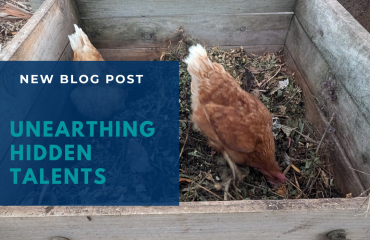
Every person in the world has talent.
Talent can be defined as a naturally occurring pattern of thought, feeling, and behaviour. These might include seeing patterns in data, thinking in an orderly manner, sensing the moods of others, or being able to start conversations with strangers.
When using our talents, we typically do things that give us energy; we find them easy and enjoyable.
The Impact of Talent on Engagement and Productivity
In their research, Gallup finds that individuals who have the opportunity to do what they do best every day, meaning use their talents, are over 6 times more likely to be engaged in their job. Teams who have the opportunity to use their talents and strengths every day are over 12.5% more productive.
70% of the variation in a team’s engagement — which can predict its productivity — is within manager or Leaders’ span of control. In Gallups paper: The Relationship Between Engagement at Work and Organizational outcomes 2020 Q12® Meta-Analysis: they use the equation:
Per Person Productivity = Talent x (Relationship + Right Expectation + Recognition/Reward)
Identifying and Leveraging Talent
The challenge is not everyone knows what their unique talents and strengths are. The fastest way for individuals to discover their unique talents is through assessments like the CliftonStrengths assessment, which is backed by over 50 years of research and used by over 31 million people across the world.
There is an Ethiopian proverb, “Fish discover water last”, which means that fish do not know they are immersed in water and see it last. Sometimes, it is the same for us as humans; we are so close to our own unique talents that we don’t see them. It can take someone else, like a leader or teammate, to recognise them and help us use them more intentionally.
Coaching for Talent Development
The leader’s pivotal role involves facilitating the intentional utilisation of individual and team talents through coaching. According to the International Coaching Federation (ICF), coaching is defined as a partnership wherein individuals are guided through thought-provoking and creative processes aimed at maximising their personal and professional potential. Central to coaching is the art of asking insightful questions. Try asking these questions to aid individuals within your team in identifying and then using their talents.
- Describe your best day at work.
- What tasks do you perform with ease, excellence and enjoyment during a typical work week?
- What activities energise you in your role? Let’s make a list.
- Of the items you listed, identify one that is the most important or produces the greatest success?
- Which talents can you use to achieve your goals? Where do you see the connections between your talents and your desired goals or outcomes?
- How can we create opportunities for you to use more of your talents more often?
- What would it look like if you were to use that talent 1% more than you already are?
The Power of Partnerships
Partnerships are often formed with people most like us. The power of productivity in a team is being able to understand, appreciate and maximise our differences. We all think, feel, and behave very differently; in fact, the chances of you having the same top 5 CliftonStrengths talent themes in the same order as someone else is over 1 in 33 million! That is just how unique we are.
As a Strategic Account Director at a global IT company, I initially found working with my colleague Lawrie frustrating. However, upon discovering our unique talents, our partnership blossomed. While Lawrie excelled at identifying patterns and risks, I thrived in seeing opportunities and moving quickly. Together, we balanced each other’s talents, with Lawrie providing valuable perspective and me driving enthusiasm and leveraging connections. This experience underscores the principles of strengths-based development: the importance of collaboration and the advantage of embracing differences.
Leading Through Strengths-Based Development
Talent x Investment = Strengths
Instead of trying to ‘fix’ someone or make them work in an area of non-talent, leaders would be as wise to help team members identify and leverage some powerful partnerships. Partnerships can help make up for a lesser talent (we can’t all be great at everything), take over where one person left off and enhance a talent one person already has. By intentionally investing in our talents, meaning adding knowledge, skill and experience to them, we turn them into strengths.
High-performing teams understand and leverage individual and collective talents, structure roles accordingly, foster collaboration, and cultivate complementary partnerships, resulting in sustained high performance.




